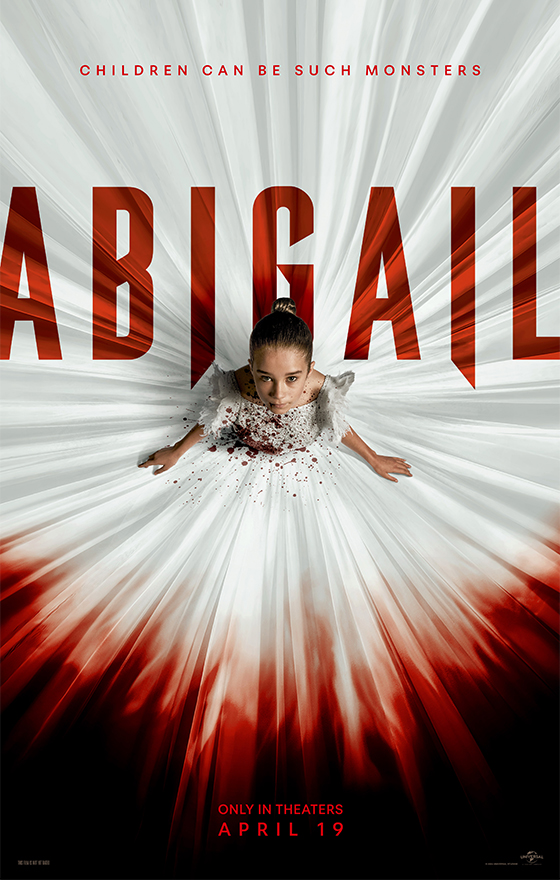Despite a series of recently botched executions, it seems as though the issues behind our flawed capital punishment system have not been made national priorities. Very few states see a need to improve their tradition-based death penalty system even with emerging problems with implementation. However, I believe the current system warrants reexamination and is pressing for serious revision. After all, it is literally a matter of life and death.
Serving justice is the number one reason many people favor the death penalty in America. The “eye for an eye” mentality has widespread appeal, especially with murder victims’ families and friends. But such a traditional mindset has, to an extent, blocked serious revision of our death penalty system even as new scientific findings have emerged that strongly suggest many criminals convicted of capital crimes are incapable of controlling their actions and may not deserve punishment by death. Especially since the early 1980s, the study of mental illness as it pertains to capital offenders has been an evolving field that the American legal system has yet to fully adopt and adapt to. Even though it is now illegal to execute a severely mentally ill criminal under the Eighth Amendment, people are reluctant to accept a criminal as not entirely responsible for his actions, even when based on evidence of uncontrollable compulsions or a legitimate lack of understanding of the consequences behind his decisions, which is often due to chemical imbalances within the brain or other biological factors.
Scott Panetti of Texas will be executed Dec. 3 of this year. Panetti, who shot and killed his in-laws in 1992, is a 56-year-old diagnosed paranoid schizophrenic who strongly believes the state of Texas is “in league with the forces of evil” and wants to kill him “to prevent him from preaching the Gospel,” according to a trial report by the international online newspaper, The Guardian U.S. Panetti was declared fit to be executed by U.S. District Judge Sam Sparks under the assumption that he was faking some of his symptoms during trial and that he is capable enough of understanding the retribution for his criminal actions. Despite Panetti’s diagnosis of paranoid delusions and a petition by his former wife which stated that Panetti never should have been tried for the crimes as a competent adult, the death penalty was imposed.
Of course, execution is an irreversible punishment that cannot be taken lightly. Simple judiciary discretion is often not enough to justify the decision to allow someone to be tried as a capital offender. More intense scientific investigation to confidently understand mental capacities as they pertain to criminal behavior should be pursued to ensure that people are not unfairly sentenced to death.
However, mental illness is not the only factor not being given the emphasis it deserves in mitigating capital punishment. DNA profiling, which also surfaced in the 1980s, has led to 20 individuals on death row being proven innocent, according to The Innocence Project, a non-profit legal organization that works to raise national awareness for criminal injustice within the United States.
While criminals are often unfairly affected by our imperfect criminal justice system, it also does not fully meet its own goals in regards to society. Capital punishment is, in large part, supposed to act as a deterrent to crime. The hope is that by sentencing murderers to death, other potential capital offenders will develop a fear for the consequences of murderous actions that will dissuade them from committing such crimes. However, according to an op-ed by Daniel LaChance in The New York Times in September 2014, due to recent government intervention, the average 16-year time lapse between a conviction and execution creates a mental separation between murderous acts and their consequences that severely undermines the deterring effect.
Not only does this time lapse diminish the intended deterrent effect, it also drains the feeling for victims’ family members that justice has been served. LaChance writes that “a sense of moral solidarity is hard to generate when the devil appears in the execution chamber 20 years later, a middle-aged or elderly man whose crimes have long faded from popular memory.” This inefficiency is not something victims’ families should have to tolerate. Attempts to generate quicker, more effective methods of execution should be made to create a sense of real closure and justice for families. To do this, LaChance suggests that state investments be made to hire more lawyers and legal aides who will then push capital punishment cases through the system at a quicker rate.
States need to get their acts together and progress toward better resolutions. While I do support the death penalty, despite its flaws, my hope is that it will take into account the current scientific advancements and strategic set-backs that seem to be on the political back-burner.









